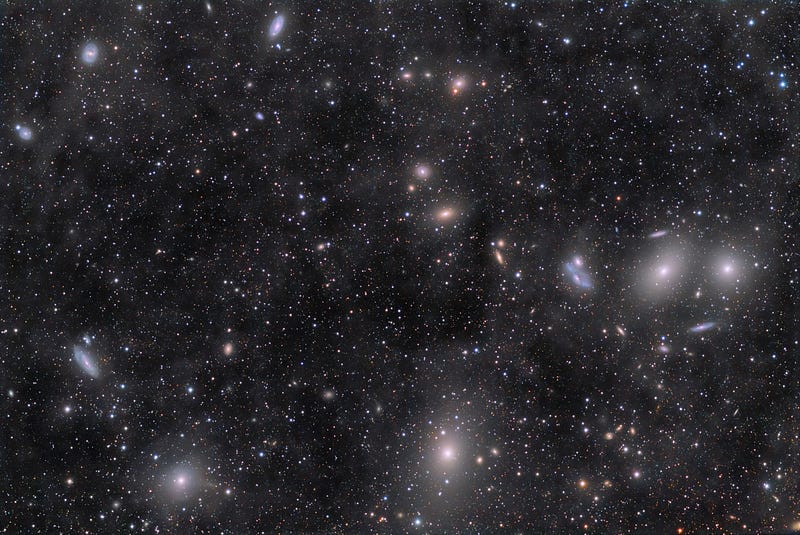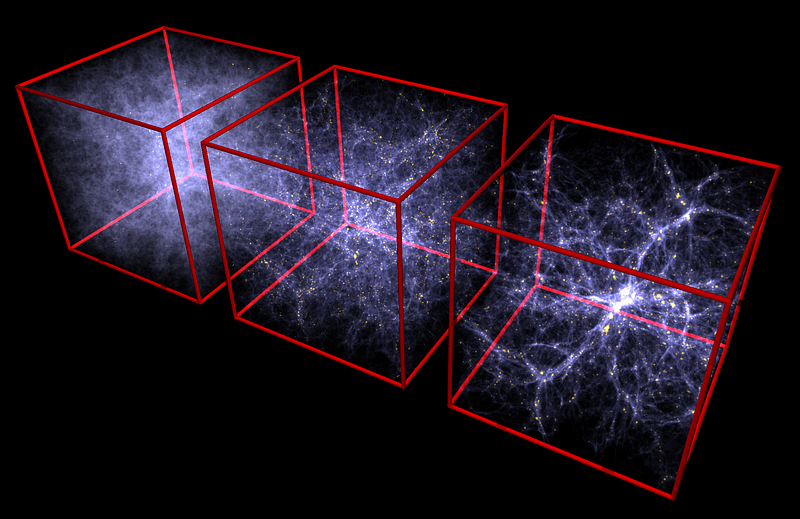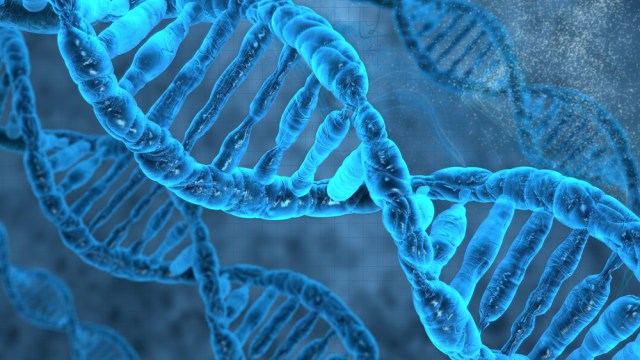All the Universe in one year
What the entire natural history of everything would look like compressed down into a single calendar year.
“[D]on’t forget to make some art — write or draw or build or sing or live as only you can. And I hope, somewhere in the next year, you surprise yourself.” –Neil Gaiman
There’s no better way to kick off a new year than by looking back and understanding how you got to where you are now, and deciding where you want to take yourself from here. Well, although you might not normally think about it, the same thing is true for the entire Universe!

We can trace our cosmic history — the common story that every star, planet, creature and atom in the Universe has in common — all the way back to a time when there was literally nothing. No creatures, no planets, no stars, galaxies or clusters.

Before the most giant and complex structures ever could form, the Universe first had to go through the tremendous process of creating the atoms that make up everything we know, of synthesizing the atomic nuclei that give each element their unique properties, and — at perhaps the most fundamental level — creating the matter and radiation that gave rise to everything from the nothingness of empty space!
It took billions of years of gravitational, nuclear, and electromagnetic interactions to create the Universe as-we-know-it today, and for our once hot, dense and tiny Universe to expand to the cold, sparse but vast place we’re inhabiting right now. Perhaps the most remarkable accomplishment in all of modern science is that we can understand not only what the entire Universe is made of, but also so much of where it came from, and how it got to be the way it is today.

Today, some 13.8 billion years after what we commonly refer to as the Big Bang, the Universe contains hundreds of billions of galaxies, each containing hundreds of billions of star systems. And each one of those stars, whether singular like our Sun or a multiple system like our nearest neighbor, has its own unique solar system complete with planets, moons, and — if they’re lucky — a chance at life.
But if we took all 13.8 billion years of this cosmic history — updated to reflect our best current understanding of it all — and compressed it down to the timescale of a single year, when would the most important events in our natural history have occurred?
To kick off the new Starts With A Bang here on Medium, I can think of no better way than to present to you a full-resolution, up-to-date timeline of the events that lead us up to the present day, all in a single image!

An entire human lifespan, with the Universe compressed down into a single year, will fly by in a mere 0.2 seconds, and yet in just the time it took you to read this article, hundreds of thousands of stars throughout the Universe ran out of their nuclear fuel, and continue to enrich their home galaxies with heavy elements to help seed the next generations of planets and stars.
Our own Solar System is just one such story that the Universe has to tell us: the one piece of the cosmic story we happen to know best. The first “year” of the Universe in this regard has been a remarkable one for humanity, for Earth, and for the Milky Way, and here we stand, on the precipice of millions more. So may this new year be filled with wonder and (the good kinds of) surprises for you; we can all be sure that the Universe’s next year will be!





